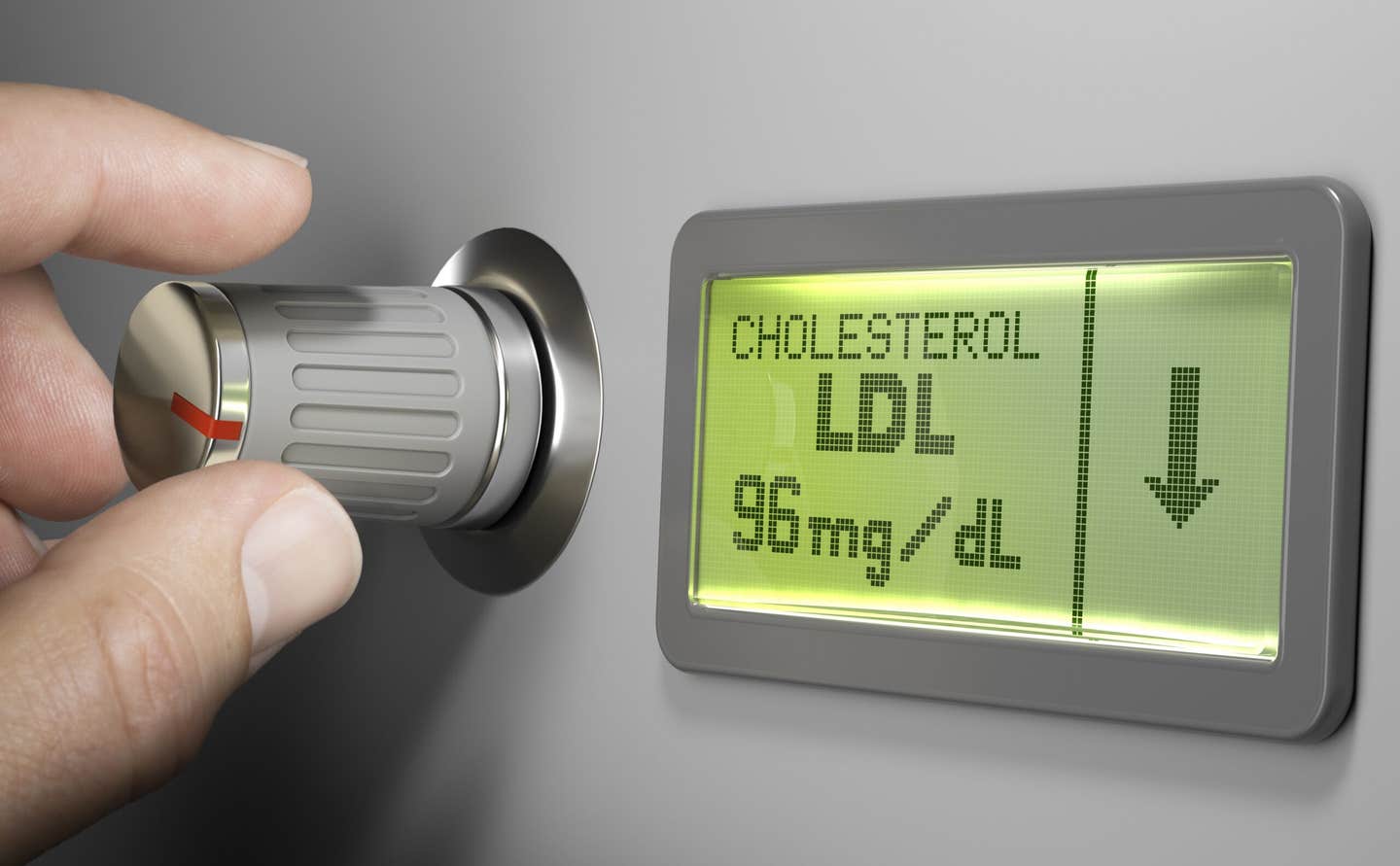Art as medicine: Viewing paintings helps mental health, study finds
A new study finds that viewing art—even in hospitals or online—can improve mental well-being, life purpose, and emotional health.

Viewing visual art can improve mental well-being, increase life meaning, and support mental health in clinics, homes, and galleries. (CREDIT: Portland Art Museum)
Looking at a piece of art—whether a swirling Van Gogh sky or Munch’s haunting scream—might do more than just please the eye. A growing body of research now shows that simply viewing art can improve mental health and help people feel more fulfilled. For years, scientists believed making art had positive effects, but they knew less about the benefits of just looking at it. That gap is now closing.
A new scientific review gathered nearly 40 studies from across decades to answer one simple question: can viewing art improve your well-being? The answer, it turns out, is yes—but with some important details.
A Deep Dive into Art and Mental Health
Researchers from Trinity College Dublin screened nearly 4,000 studies and selected 38 that met their standards. In total, these studies included 6,805 participants from all over the world. The review combined data from hospitals, galleries, and even virtual spaces where people viewed art. The art varied as much as the viewers. Some works were classic masterpieces, while others were abstract, modern, or contemporary pieces.
This research wasn't limited to museum visits. Participants also viewed paintings and installations in hospitals, online settings, and even at home. The effect remained: people felt better after looking at art. Not only did mood improve, but many also reported feeling more purpose, meaning, and personal growth.
The review focused on a specific kind of well-being known as eudaimonic well-being. This is different from simple happiness or joy. Instead, it relates to a deeper sense of fulfillment—like feeling that your life has purpose or that you’re growing as a person. According to the data, art viewing consistently supports this type of well-being.
What Makes Art Work?
Researchers found that art viewing improves well-being in several ways. These include emotional, cognitive, and social benefits. Some people said that art helped them reflect on life or process emotions. Others felt a connection to something bigger or enjoyed the shared experience with other viewers.
Related Stories
Art can also boost resilience. When people face stress, loss, or change, looking at art gives them a sense of hope or balance. It’s not just the art itself but the experience of slowing down and taking it in that matters.
The review showed that different settings affected the results. For example, viewing art in a calm gallery brought different feelings than viewing it in a hospital waiting room. But even in clinical settings, the positive effects held strong.
“People often think of art as a luxury,” said MacKenzie Trupp, one of the study’s lead researchers. “But our research suggests that viewing art—whether as a hobby or as a targeted health intervention—can meaningfully support well-being.”
Claire Howlin, a psychology professor who helped conduct the review, emphasized the everyday power of art. “Visual art is present and accessible in everyday spaces—museums, galleries, hospitals, and at home. Understanding its effects can unlock new avenues for promoting well-being through everyday encounters with art,” she said.
Why This Study Matters Now
The research, published in The Journal of Positive Psychology, comes at a time when mental health problems are rising. Since 2019, the World Health Organization has encouraged creative approaches to care, including art. However, until now, there was no clear summary of how viewing art fit into that picture.
This review changes that. It offers strong evidence that looking at art can improve mental health—not just by cheering people up, but by helping them live more meaningful lives. That’s important for everyone, but especially for doctors, health planners, and policy makers looking for affordable ways to support mental health. “Art can satisfy people’s need to search for meaning in life, build self-esteem, and develop positive identities,” said Howlin. “These are important factors for coping with the chaos of life.”
The review also highlights how widely art can be used. Whether you’re recovering in a hospital or browsing paintings online, art can help. This makes it a flexible and low-cost tool for mental health programs. The researchers believe that art should be added to public health strategies just like diet, exercise, or therapy.
A Call for Better Research
Even with these findings, the researchers saw problems in how earlier studies were done. Some had weak methods or unclear goals. Others used different measures for success, making it hard to compare results. To fix this, the team created a new guide for future studies.
They called it the Receptive Art Activity Research Reporting Guidelines (RAARR). This guide will help future researchers design better studies, collect better data, and build a stronger case for the power of art.
“We need to know which types of art activities work best for which outcomes,” said the researchers. “This review will help to plan larger-scale studies in the future.” The goal is to go beyond asking if art works and start answering how, when, and for whom it works best. That way, art can become a trusted part of mental health care.
Looking Ahead
For years, people have turned to art to understand their feelings, find peace, or connect with others. Now science is catching up, showing that these responses are more than just personal—they’re part of a broader pattern. Art may never replace medicine or therapy, but it doesn’t have to. What it offers is something different: a quiet, powerful way to feel more human. Whether you're standing in front of The Starry Night or scrolling through an art app, you’re not just looking. You're healing.
Note: The article above provided above by The Brighter Side of News.
Like these kind of feel good stories? Get The Brighter Side of News' newsletter.



